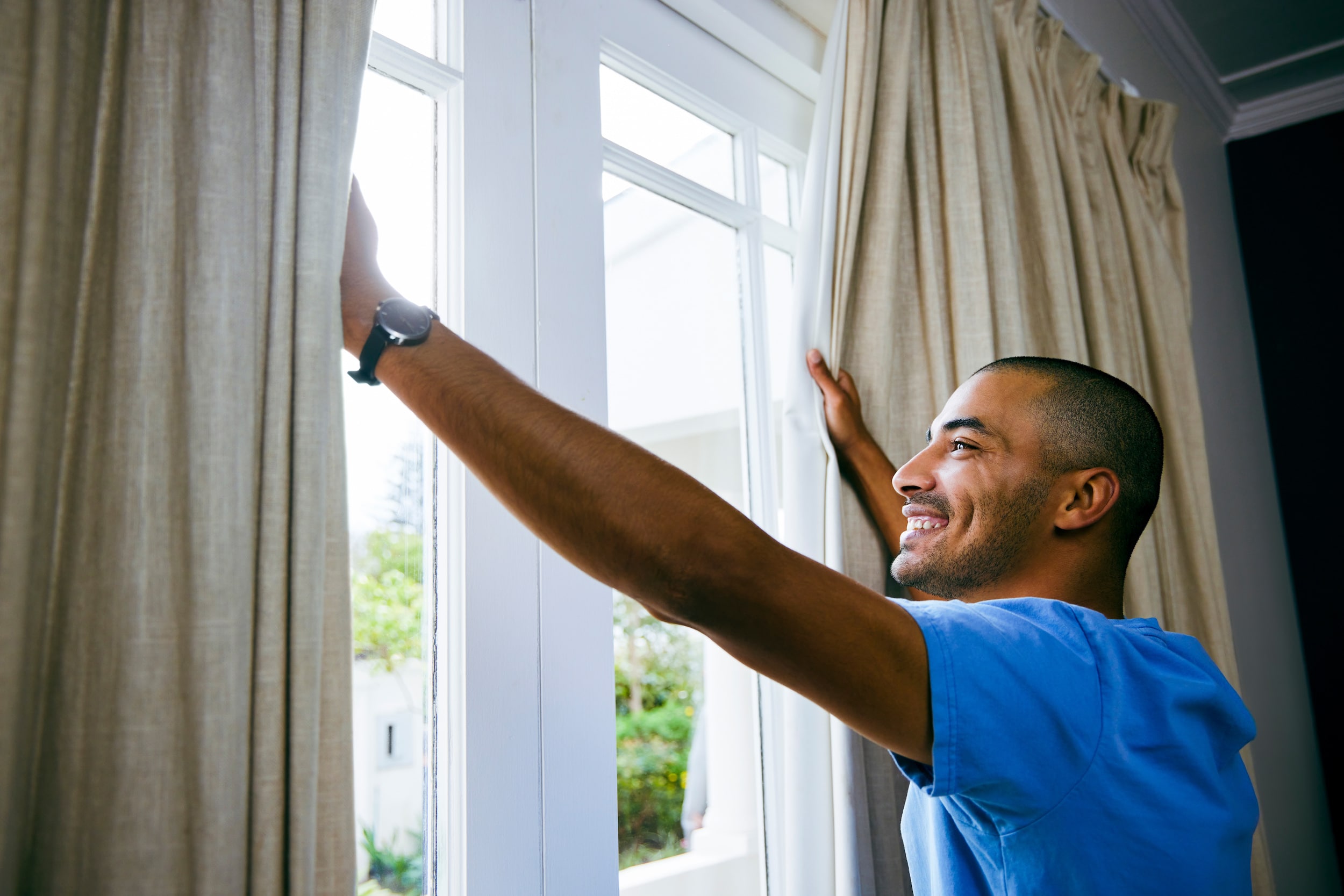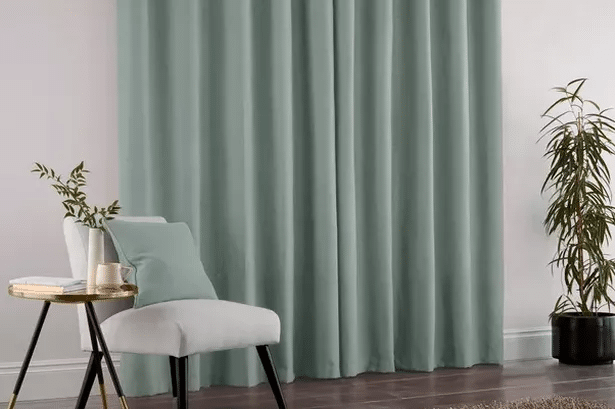As energy efficiency is becoming an integral part of the design process increasing numbers of people are turning to more practical options such as thermally insulated curtains and curtain panels that are insulated to enhance the comfort of their homes. These curtains that are specially designed improve the aesthetics of rooms but can also be used for practical purposes that range from reducing energy bills to creating a cozy space.
Are thermal curtains really what they sound?
There are numerous ways to insulate windows to keep warmth in and the cold out. Hanging thermal curtains is typically at being at the very top of that list of options. But, they tend to be more expensive on the high end of the spectrum compared to traditional window dressings, which is why it is crucial to know the way they function before investing in.
A majority of the thermal door curtain is constructed with multiple layers of fabric rather than only one or two layers like is the case for standard curtains. Ideally they should consist of at minimum three layers. The layers of material are designed for use together in order to regulate the temperature of a space.
How do Thermal Curtains Work?
The thermal curtains are made to keep your windows cool and help you manage the temperature of your home. They work by encapsulating the air inside two fabrics, which prevents the heat from passing through. This insulation can help keep cold out and warm inside, which is an ideal way to cut down on energy costs in winter. In addition, they help in reducing noise from outside creating a peaceful space.
The Technology Behind Thermal Curtains

Technology advancements have enabled for the creation of comfortable, soft fabrics that have incredible insulation properties. Most thermal curtains come with foam backing or a layer of insulating material which blocks heat transfer and keeps your home warm during winter and cool during summer. This technology does more than make the home more comfortable, but will also to reduce your energy consumption and helps to create the sustainability of your living.
What are the Best Thermal Curtains?
The most effective thermal door curtains will make sure that your home remains warm and comfortable and also fashionable. We’ve made an assortment of our top drapes to keep your home warm during winter. However, it’s crucial to consider your personal preferences and style prior to deciding on the ideal thermal curtains for your home.
Blackout Thermal Curtains
Blackout thermal curtains offer total insulation and block out any light. They are ideal for bedrooms because they create a quiet and dark environment that aids in sleeping. The added layer of blackout material combined by the interlining that is thermal, make them the ideal option for keeping your home warm during the winter months.
Standard Thermal Curtains
Our curtains with standard thermal lining are great for thermal insulation as well as heat retention. This thermal lining has been designed to hold the heat inside which helps ensure that your house stays warm and cozy.
This is the ideal option for those who don’t need lighting to be completely blocked out. The thermal interlining means you have an additional layer of fabric that provides some shade, but they do not provide blackout capabilities.
Heavy Thermal Curtains
The more dense fabric means greater thermal retention. That’s the reason thick thermal curtains are a great alternative. It is possible to pair our blackout or thermal linings with one of our heavy fabric woven to create the ultimate thermal curtain that is ideal for keeping cold breezes from entering.
Do Thermal Curtains Work in the Summer?
Yes! Thermal curtains can be used effectively both summer and winter. Light-colored to medium-colored curtains with a white thermally reflective backing may reduce the amount of heat that is absorbed during summer by up to 33% through reflection of sunlight. The window’s orientation is also a factor in the efficiency of energy.
Windows facing south and west have the highest solar gain. The windows facing north get the lowest amount of solar gain. If thermal curtains are properly installed and utilized air conditioners can be adjusted back, which can increase the energy efficiency.

